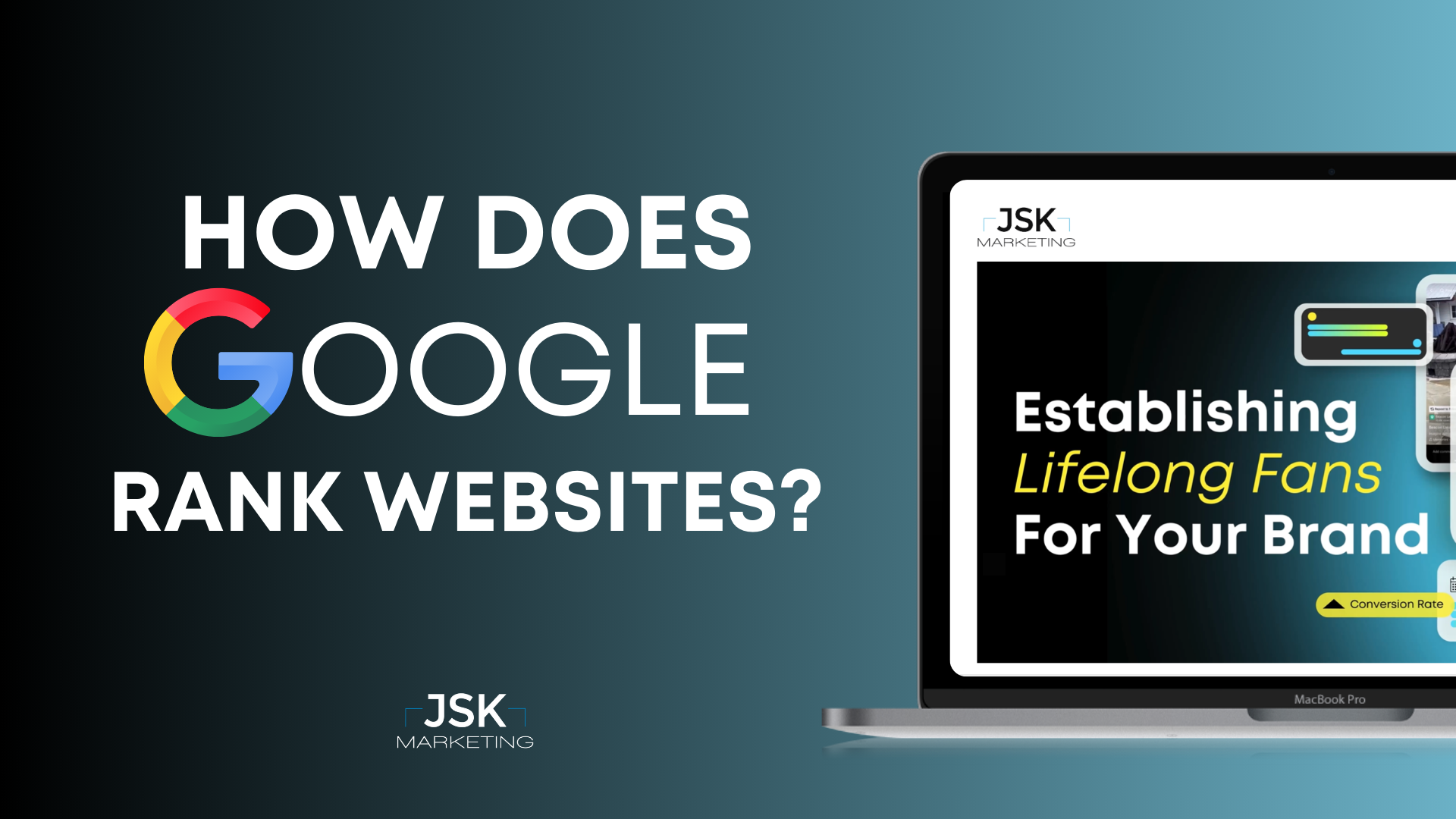
Have you ever wondered how some websites appear at the top of Google’s search results while others are buried on pages 2 and 3? That’s what we call Google’s ranking algorithm. It’s complex and constantly evolving. While Google doesn’t share every detail about how it ranks websites, we do know a lot about what factors into it. Understanding these elements can help you optimize your website for better search performance.
Crawling & Indexing
Before a website can rank, Google must first find and store its pages in its index. Google uses automated bots (or “spiders”) to crawl the web, discovering and categorizing content. If your website isn’t properly indexed, it won’t appear in search results. Here are some tips on how to optimize:
- Ensure your website is crawlable by using a well-structured sitemap.
- Fix broken links and avoid blocking essential pages.
- Use clear site architecture with logical navigation.
Keywords & Search Intent
Google’s algorithm has evolved beyond simple keyword matching. Today, it focuses on search intent – understanding what users are truly looking for when they type in the search bar. While keywords remain important, they must be used naturally and in the appropriate context. Some ways to do this are to conduct keyword research to understand what your audience is searching for and create content that directly answers user questions and provides value.
High-Quality Content
Google prioritizes authoritative, well-researched and engaging content. Websites that provide valuable information tailored to their audience tend to rank higher. By publishing informative, eye-catching and up-to-date content that addresses user needs, your website will prove to Google that it is worth being placed on the first page.
Backlinks
Backlinks – links from other reputable sources – serve as endorsements of your content’s credibility. To be ranked higher, you’ll want to focus on earning higher-quality backlinks from high-authority, industry-relevant websites. It also helps to develop shareable content, such as research studies, guides and expert insights.
E-A-T: Experience, Authority, Trustworthiness
Google assesses a site’s credibility based on its expertise, authority and trustworthiness. This is particularly important for complex industries such as healthcare, finance and legal services. E-A-T can be proven by showcasing professional credentials and expertise on your site. Don’t be afraid to collect and display those credentials as well as positive reviews and testimonials where applicable.
Engagement & Behavioral Signals
Google monitors user behavior to gauge content relevance. Factors such as time on page, bounce rate and click-through rate all influence rankings. If you’re not using compelling intros or multimedia elements to keep users engaged, Google will notice.
Google’s ranking system is dynamic, but the core principles remain the same: focus on providing valuable, relevant and user-friendly content. By optimizing your website’s structure, content quality, authority and user experience, you can improve your search rankings and visibility.
Staying ahead in SEO requires continuous learning and adaptation, but by following these best practices, you can position your website for long-term success. But how long does it take to see if your efforts are successful? That’s a story for another time, or you can check out one of our other blog posts where we tell you exactly how long it takes. But in the meantime, if you’re in the market for getting your website seen where it really matters, contact JSK Marketing today and we’ll help you out!




